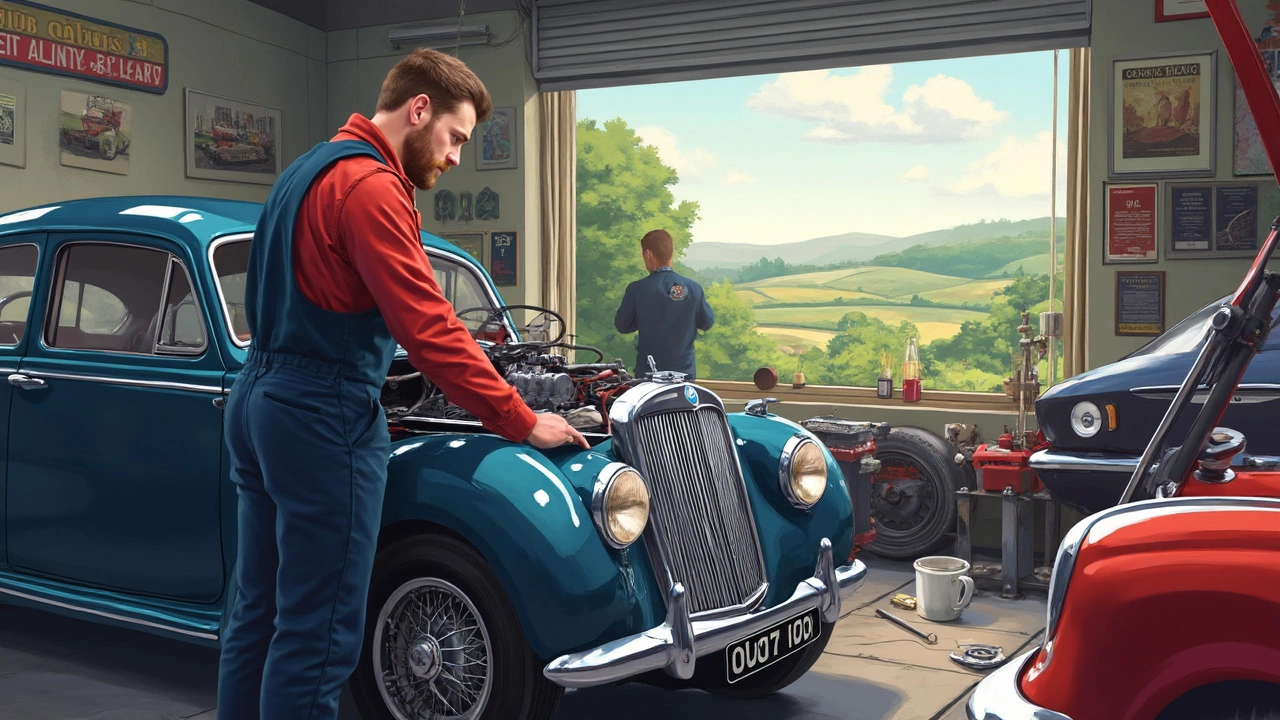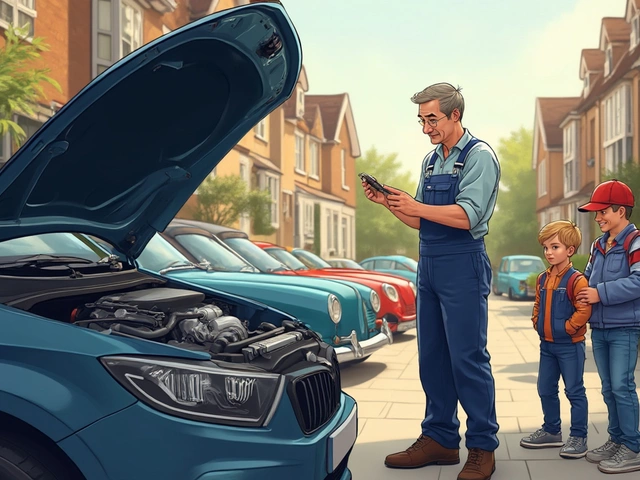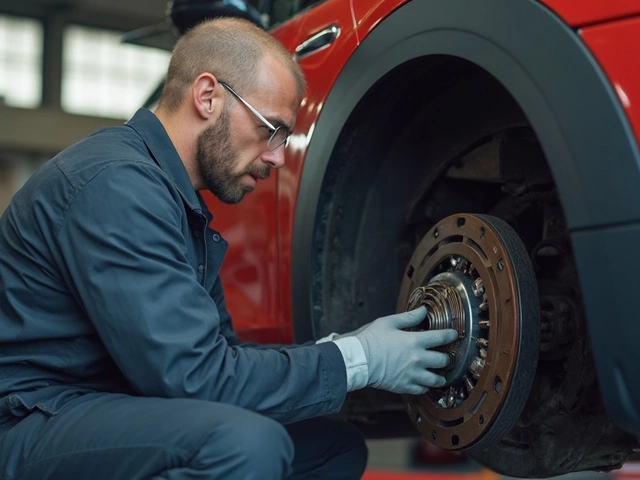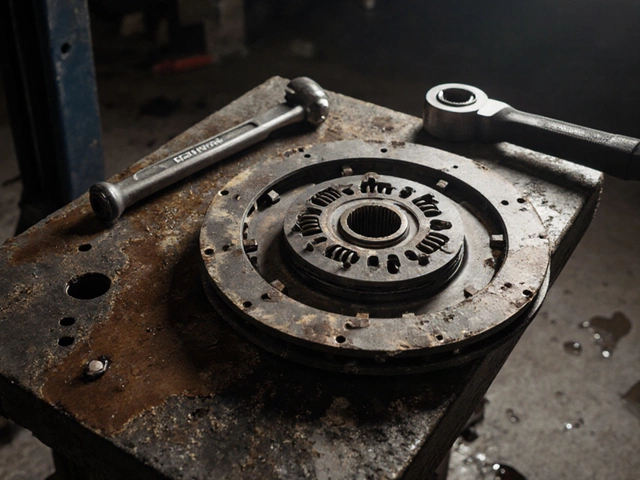Vehicle Overheating: What’s Going Wrong and How to Fix It
If your temperature gauge is screaming red or steam is puffing out of the hood, you’re dealing with vehicle overheating. It’s not just an annoying inconvenience – it can damage the engine fast if you ignore it. Below you’ll find the most common reasons a car gets too hot and what you can do right now to keep the engine safe.
Why Your Engine Gets Hot
The cooling system is a closed loop of coolant, hoses, a radiator, a thermostat, a water pump and a fan. Anything that blocks flow or reduces pressure can make the engine overheat. Low coolant level is the simplest culprit – a small leak or an old radiator cap can let the fluid escape. When there isn’t enough liquid to carry heat away, temperatures climb quickly.
A stuck thermostat is another frequent fault. The thermostat should open when the engine hits the right temperature, letting coolant move through the radiator. If it stays closed, hot liquid keeps circulating inside the engine and the gauge spikes.
The water pump circulates coolant through the system. A worn bearing or a broken impeller means the pump can’t push fluid fast enough, so heat builds up. Likewise, a clogged radiator – from rust, debris or a broken fan – blocks heat loss to the air, especially on hot days or in stop‑and‑go traffic.
Even the electric cooling fan can fail. If the fan motor or relay quits, the radiator won’t get the airflow it needs when you’re idling or crawling up a hill. Finally, a blown head gasket can let combustion gases enter the cooling system, raising pressure and temperature dramatically.
Quick Fixes and When to Call a Pro
When you first notice overheating, pull over safely, turn off the engine, and let it cool for at least ten minutes. Never open the radiator cap while the engine is hot – the pressure can cause burns.
Check the coolant reservoir. If the level is low, top it up with a 50/50 mix of water and antifreeze. Look for obvious leaks under the car; a puddle of bright green or orange fluid is a clear sign something’s wrong.
While the engine is cooling, open the hood and feel the radiator hoses. They should be warm, not scalding. If one hose is hot and the other is cool, the water pump or thermostat may be at fault.
Next, start the car and watch the temperature gauge. If the fan turns on and the temperature stabilizes, you may have just needed a coolant top‑up. If it still climbs, turn the AC off, keep the fan on high, and drive slowly to a trusted garage.
When you notice persistent overheating, strange noises, coolant loss, or white exhaust smoke, it’s time to have a professional diagnose the issue. At Northwich Tyres Centre we can pressure‑test the cooling system, check the thermostat and water pump, and replace a faulty radiator or head gasket before the engine suffers serious damage.
Regular maintenance helps avoid most overheating problems. Change the coolant every 2‑3 years, keep the radiator clean, and replace the thermostat as part of a service schedule. A quick visual check of hoses and the fan each month can catch early wear.
Remember, an overheated engine is a sign something’s not right – don’t ignore it. Simple checks can save you from a costly repair, but when in doubt, let the experts at Northwich Tyres Centre take a look. Keeping your cooling system in top shape means smoother rides, better fuel economy, and a longer‑lasting engine.
 24 May 2025
24 May 2025
Car Radiators: What They Are and Why You Can’t Ignore Them
Car radiators keep engines cool and running right, but they’re easy to overlook until things go wrong. This article breaks down what a car radiator really is, how it works, and why it’s crucial. You’ll get clear tips on spotting radiator trouble before your engine overheats and what you can actually do about it. Learn how to grab a few extra years out of your radiator with simple care and see how these parts have changed over time. Whether you’re a gearhead or someone who really doesn’t want to be stranded, this guide is for you.
Latest Posts
-

Do Cars Have Radiators Anymore? The Real Story About Modern Cooling Systems
-

Can a Brand New Clutch Slip? Unraveling the Mystery
-

How to Determine if Your Suspension Needs Replacing
-

Catback vs Axle Back: Which Exhaust Is Louder?
-

How Often Should a Clutch Be Replaced? Real-World Mileage and Signs of Wear

0